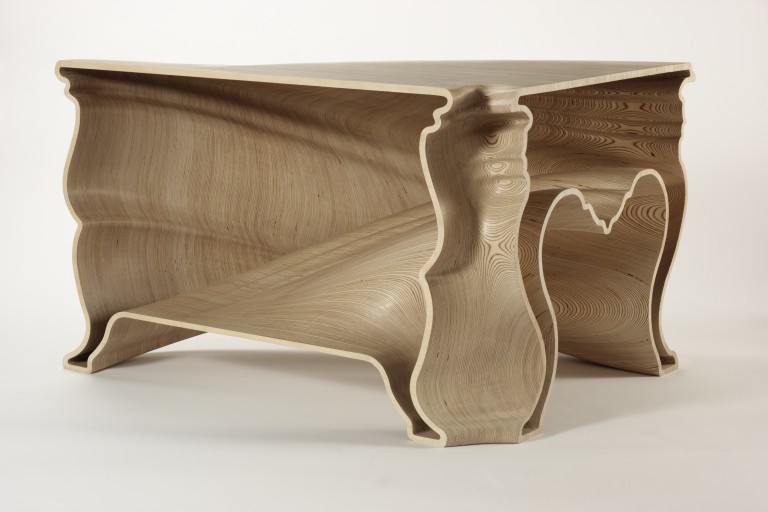Hi all,
really struggling with thinking through a project;
Im building a bespoke dining table but am stuck on how to support it to stop it bowing. the design is a strange shape, but essentially i want to make this out of strips of plywood placed on end and stuck together, stacked if you will, so that all the plies will be on the top of the table. i have toyed with drilling holes through them all and slotting them on thick dowels and glueing them in place together, but worry that the weight will make it sink in the middle a little.
Could i cut grooves/ slots in all the strips so that they slot onto a supporting board underneath?
its going to be 2 metres square (ish)
What are your thoughts?
really struggling with thinking through a project;
Im building a bespoke dining table but am stuck on how to support it to stop it bowing. the design is a strange shape, but essentially i want to make this out of strips of plywood placed on end and stuck together, stacked if you will, so that all the plies will be on the top of the table. i have toyed with drilling holes through them all and slotting them on thick dowels and glueing them in place together, but worry that the weight will make it sink in the middle a little.
Could i cut grooves/ slots in all the strips so that they slot onto a supporting board underneath?
its going to be 2 metres square (ish)
What are your thoughts?












































